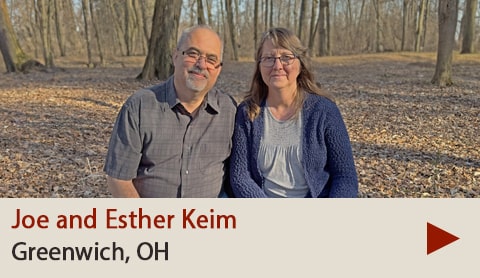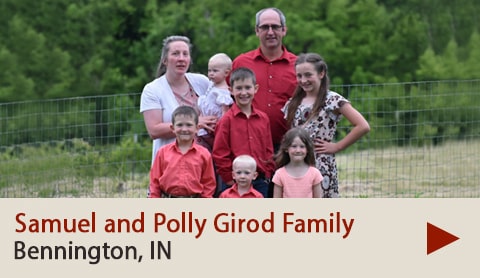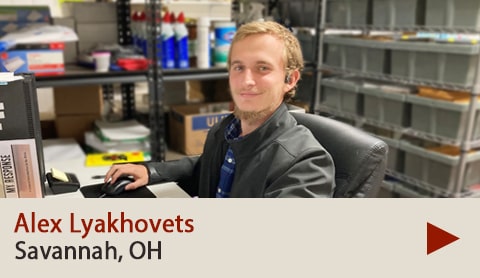Fearfully and Wonderfully Made: The Heart
By Robert McCallum
May 1, 2011
Our physical heart is responsible for pumping life-sustaining blood to the body. The blood contains nutrients (food) and oxygen that the body must have to live. Even though it is a small organ, about the size of a man's hand, it pushes blood along a 60,000-mile-long network of vessels! These vessels are like straws that the blood flows through. Some are large and others are not much bigger that a human hair. As long as we are alive the heart beats. Even more amazing is that it beats about 100,000 times a day, 40 million times a year-in total, beating up to three billion times over an average lifetime. It keeps the body freshly supplied with oxygen and nutrients, while clearing away harmful waste matter.
The heart is located in the middle of the chest, behind the breastbone and between the lungs, in a moistened chamber that is protected all around by the rib cage. It's made up of a special kind of muscle (cardiac muscle) that works involuntarily, so we don't have to think about it. We call it involuntary, but it does have to be told to beat by electrical signals that are sent from the brain to a chamber called the "sinus node". The signal then goes from the sinus node to the heart and it beats. All this happens without us thinking about it, so we call it involuntary. If a signal is sent from the brain to the sinus node and the sinus node does not send the signal, the heart will not beat and the person will die.
The heart speeds up or slows down automatically in response to nerve signals from the brain that tell it how hard the body is being used. That is why people can die of a heart attack if they suddenly work much harder than normal. One of two things can go wrong. The heart cannot pump enough blood quickly and the body is damaged or the heart muscle itself is overworked and stops. Either thing can cause us to die. Normally the heart speeds up and slows down between 70 and 80 beats per minute, each heartbeat filling the four chambers inside with a fresh round of blood.
There are two separate pumps on each side of the heart, which are divided by a wall of muscle called the septum. The upper chamber on each side is called the atrium. This is connected by a sealing valve to the larger, more powerful lower chamber, or ventricle. The left ventricle pumps most forcefully, which is why a person's heartbeat is felt more on the left side of the chest.
When the heart contracts (or beats inward) the chambers become smaller, forcing blood first out of the atria into the ventricles, then from each ventricle into a large blood vessel connected to the top of the heart. These vessels are the two main arteries (or straws as we said earlier). One of them, the pulmonary artery, takes blood to the lungs where it picks up oxygen. The other, the aorta, transports freshly oxygenated blood (blood that is full of fresh oxygen) to the rest of the body. The vessels that bring blood to the heart are the veins. The two main veins that connect to the heart are called the vena and cava.
Since the heart is at the center of the blood delivery system, it is also central to life. Blood takes oxygen from the lungs to the other organs and tissues and removes carbon dioxide from the lungs, where the gas is breathed out. Blood also shares nourishment (food) from the digestive system and other parts of the body. Likewise our immune system cells (these are cells that attack and kill anything that is poisonous to our body) travel in the bloodstream, looking for infection. Blood also takes the body's waste products to the kidneys and liver to be sorted out and trashed.
Heart disease has gone up over the last century, due largely to changes in diet and lifestyle. It has become the leading cause of death for both men and women in the United States, claiming almost 700,000 lives a year, or 29 percent of the annual total. Worldwide, 7.2 million people die from heart disease every year.
While our physical heart is important, our spiritual "heart" is even more important. Romans 10:9-10 says: "That if thou shalt confess with thy mouth the Lord Jesus, and shalt believe in thine heart that God hath raised him from the dead, thou shalt be saved. For with the heart man believeth unto righteousness; and with the mouth confession is made unto salvation."
Just as we know our physical "heart" is beating by the fact we are alive, we can know our spiritual "heart" is alive by trusting in God's Word.
Related Articles
« Back to Articles







